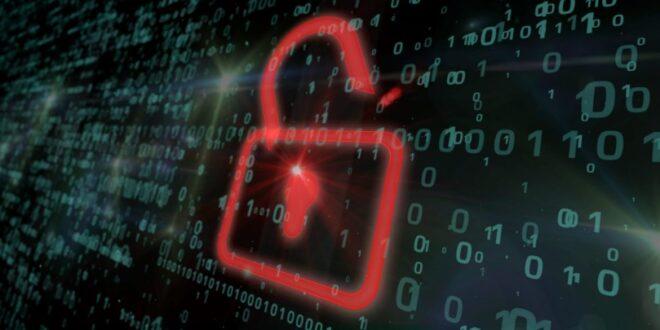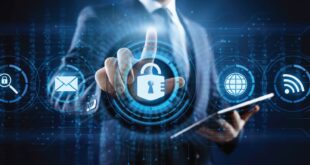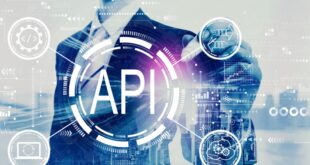One of the most discussed topics in the tech world today is cybersecurity. As the name suggests, cybersecurity deals with the protection of information and computer systems from possible cyber attacks, which may include viruses, worms, and other malicious software.
The computing industry has seen a lot of change since the early days of computerization. Today’s IT solutions and security measures provide organizations with a wide range of tools to protect themselves from cyber-attacks. If a company does not have effective command over its network infrastructure, cyber security is one of the most important issues that need to be addressed at every level.
Table of Contents
Top cyber attacks of 2024
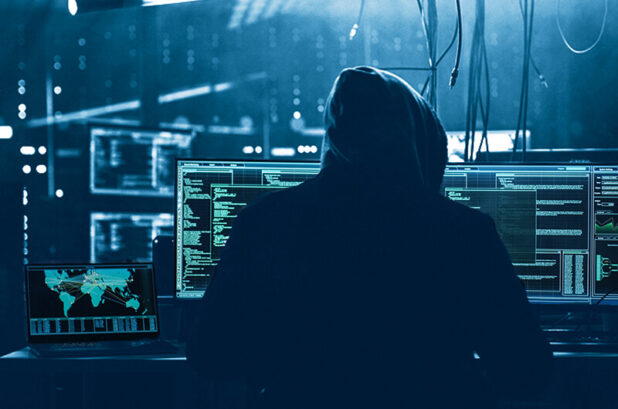
1. Ransomware Attacks
Ransomware is malware that takes over a computer and restrains the user from using it. The malicious software encrypts the files on a device and prevents them from being accessed until the ransom is paid. Ransomware attacks are usually carried out through emails or websites; therefore, they are very easy to spot. Some of the most prevalent ransomware threats include GandCrab, Cryptolocker, Cryptowall, Locky, CTB-Locker and many more.
2. Mobile Security Issues
Mobile device users have been warned about the risks of their mobile phones for a long time. In recent years, smartphone users have become more aware of the threats posed by mobile apps. The Internet has brought numerous security threats to mobile devices, including malware and spyware.
3. Identity Theft
Identity theft is a very common cybercrime that can lead to various legal issues such as filing fake tax returns, fraudulent credit card purchases or even fraudulent bank accounts. Users can be tricked into providing sensitive information to cybercriminals to access their accounts. Today’s most prevalent identity theft threats include phishing attacks and rogue apps.
4. Stealthy Malware Attacks
The business world increasingly relies on the Internet for easier data management and communication. As a result, cybercriminals are targeting businesses with automated malware attacks to gain access to their databases and steal confidential information. Users can be tricked into downloading malicious software on their devices by opening a seemingly harmless email or clicking on a link that takes them to an infected website.
5. Cloud Security Issues
Organizations often use cloud services as backup tools for better data management and storage. However, there is some risk involved in cloud services because they can store sensitive information without encryption.
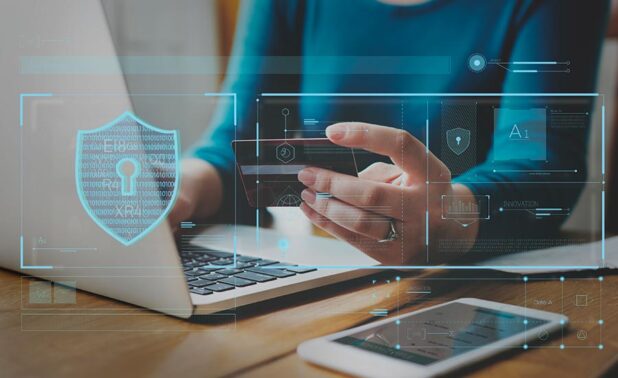
6. Exploits of Unpatched Software
When security vulnerabilities are discovered in software, the vendors release patches to fix them. However, these patches must be installed to stop the vulnerabilities from being exploited. Users may not install the latest updates for their operating systems and other programs, which leaves them open to attacks such as social engineering and phishing schemes.
7. Targeted Attacks on Critical Infrastructure
Critical infrastructure refers to information technology-based systems that sustain a society or organization. Such systems include finance, energy, transportation, and communication infrastructure. Cybercriminals can target critical infrastructure by hacking into the operating system of the devices and then exploiting their vulnerabilities.
8. Cyber Attacks on Governmental Systems
Cybercriminals often target governmental systems to steal sensitive information and data. The most likely target for cybercriminals is government departments, as it provides many tempting opportunities to acquire confidential information like personal details and other important data about taxpayers.
9. Cyber Attacks on Military Systems
Military systems are also a potential target for hackers, as they often store sensitive information that foreign states can use to blackmail other countries or organizations. Military systems also contain the soldiers’ personal information, including their names, ranks and personal details. Such data can be sold to terrorist organizations for more targeted attacks.
10. Cyber Attacks Involving Connected Vehicles
Connected vehicles are packed with a lot of software for advanced features such as navigation and climate control. It is becoming clear that connected vehicles are vulnerable to cyber-attacks. Any malicious software installed on them can lead to catastrophic consequences involving road accidents or the theft of personal information from the vehicle’s computer system.
Ways to prevent top cybersecurity attacks
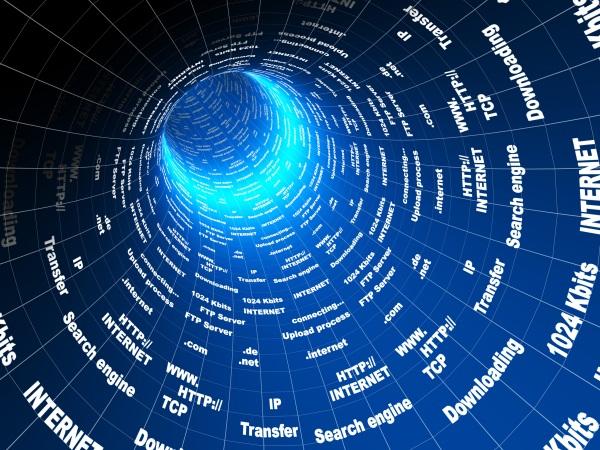
Always Use the Latest Security Updates
Installing the latest security updates is crucial to keeping computer systems safe from cyber attacks. Users need to manually update their operating systems regularly and allow their antivirus software to update itself as well automatically.
Back-Up Important Files and Data
Data backups are a must-have for any organization, as they can help you recover from a cyber attack within minutes rather than days or weeks. It is important to ensure that backups are stored securely at another location apart from the main system so that they cannot be compromised by data thieves or malware. Your business should also create backup plans if your data storage solutions fail.
Have a Strong Antivirus Software
Antivirus software is one of the most effective tools in the fight against hackers. Although they cannot prevent all possible cyber attacks, they can stop malware applications that have already infected the computer. It is also important to note that antivirus software cannot detect all viruses and malware, so it is necessary to continuously monitor your computer and contact IT experts if you suspect something is wrong. You should always provide IT specialists with the necessary information about the problem so that they can get rid of potential threats.

Understand Cyber Attacks
Users need to understand what a cyber attack means to respond effectively. Simply recognizing the signs of a cyber attack is not enough, and users should be prepared to deal with the consequences if they are attacked. They need to know how to respond and what steps should be taken to detect suspicious activity on their devices. Businesses should also educate their employees on the signs of a cyber attack so that everyone is alert and ready when a malware application is installed on their computers.
Use Strong Passwords
It is also important to use strong passwords, as storing passwords in public places can be risky if cyber criminals gain access to them. Users should always use long, complex, unique passwords that are difficult for hackers to guess.
Use Two-Factor Authentication
Two-factor authentication can help protect information stored on a computer system from cyber attacks by requiring the user to provide another means of verification besides the password. This ensures that if hackers or data thieves have stolen the password, it cannot be used to log into other systems that may contain sensitive information about their businesses.
You can also outsource this work to a managed IT services provider. If you would like to check out a great example of one, you can check out MyTek and see if they can give you a hand.
 World Magazine 2024
World Magazine 2024
